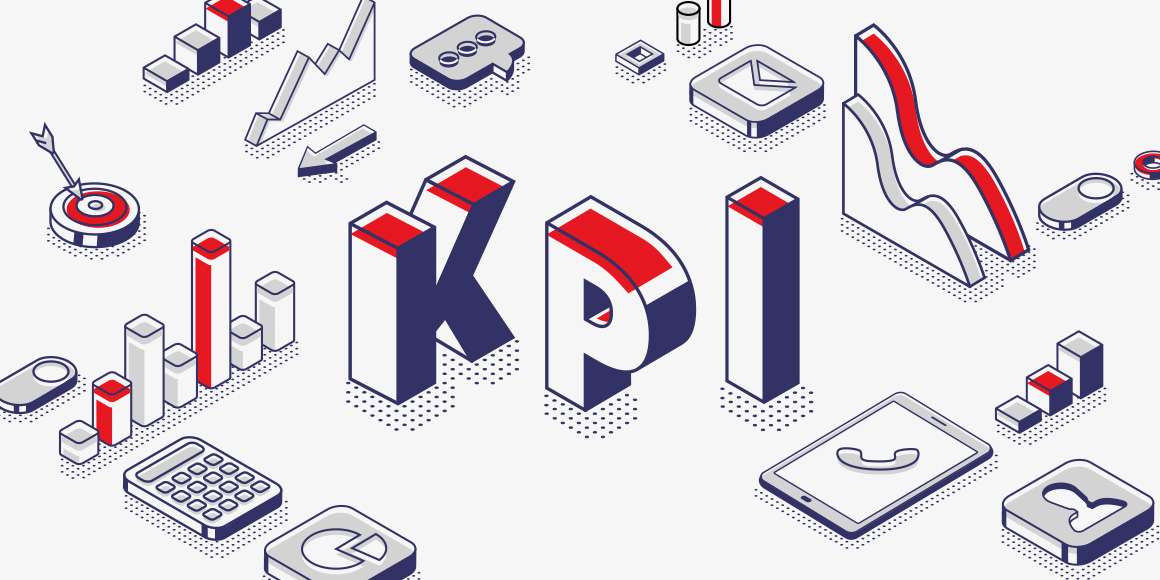
For many B2B marketers, content marketing is an incredibly valuable resource: More than 30% of survey respondents said it was either their most effective marketing tool or a key part of the puzzle.[1]
Still, some marketers have found it difficult to prove the full value of content marketing, which makes getting budget approval even harder. While actual revenue influenced is a key indicator of content marketing’s success, the value extends beyond just sales.
Content touches each part of the customer journey, from awareness to lead generation and purchase through retention. By measuring key performance indicators (KPIs) for each stage, you can show content marketing’s worth. Explore them all below.
Download our white paper to understand the importance of content marketing and six other consumer-centric trends in B2B marketing.
Awareness 1
Put simply, if people aren’t aware of your brand, there is no path to convert them. Grow your awareness by measuring how you’re being discovered. Here’s how:
SEO Positioning: It’s important to know where in the ranks you are showing up when people search unbranded keywords (keywords that are relevant to your business but that don’t use your brand or product names specifically).
The better your ranking, the more authority your brand has: When you’re among the top results in a search, people are more likely to click through and potentially convert.
Organic Traffic: If people are seeking out your website and your content of their own volition, they are turning to you as an expert. By tracking this performance indicator, you can measure awareness, which is the first step toward sales.
“For most companies, there’d be no leads without traffic, no opportunities without leads, and no revenue without opportunities.” –Eric Ayotte, Curata[2]
Consideration 2
Once customers start discovering and visiting your site, you have to lead them to take action. Tie your KPIs to conversion goals and measure engagement with your calls to action. Here’s how:
Goal Conversion: What are the goals of your content? Some pieces may be direct, guiding customers to purchase. Others may solidify your brand as a knowledgeable expert in your space, which helps build trust and win business over time.
Set up and measure these short- and long-term content conversion goals to solidify the value of your marketing in this stage of the funnel.
CTA Engagement: Your content may be engaging, but unless your CTAs are, too, content might not convert. See if your CTAs are working by looking at the click-through rate of your links, which measures the number of page views against the number of clicks on your CTAs.
This KPI is important for pieces of content as well as submission forms. What percentage of visitors to your site or form were driven to complete an action?
Purchase 3
A rich and well-tracked content marketing campaign can affect your bottom line in many ways. In the purchasing stage, you'll want to look at potential revenue and average value. Here’s how:
Potential Revenue: What’s the total value of the estimated opportunities that could be generated by your content? This is a good KPI to set early to support your budget estimations.
For example, a piece could attract a lead who the sales team views as a good candidate for one of your tangential products or services. Now that this person is aware of and has some level of trust in your brand, you’re closer to a future sale.
Average Value: This KPI measures the value of a lead. It can be used to see if content marketing leads generate a higher value than leads from other channels. The quality of a lead is often determined through submission forms to access premium or gated content.
When you’re tracking revenue and closed sales, trace leads back to their source. Does more real, potential and repeat value come from content marketing leads than from social media or other outlets?
Loyalty 4
As people build trust in your brand over time, engaging with your expertise, tips and other content, they grow more likely to support you (and spend money with you). Here’s how to see that loyalty:
Early Repeat Rate: This KPI measures the percentage of new customers who make multiple purchases within a period of time, based on the length of your sales cycle. By looking at your brand’s “stickiness,” you can start to build your strategies around these patterns.
As you cultivate new buyers, there is an opportunity to take them down a specific path using content and communication. Those who follow it can become high-value customers for your business.
Average Order Value: This is the average amount spent by customers who interacted with your content, and should be compared with the amount spent by customers who didn’t. Are customers who read and engage with your content likely to spend more money on products and services?
It’s almost always easier (and less expensive) to convince a current customer or reader to make a purchase than it is to recruit a new customer. Content marketing helps expose more people to your brand and products, building loyalty.
In Summary
While sales and revenue are important measures of the success of your content marketing, there are a number of other valuable performance indicators to prove its success. Invest time in measuring these eight simple KPIs to show that your content strategy is helping your business achieve its goals and reach important benchmarks.
For more on the value of content marketing in your B2B strategies, as well as six other key trends, download our white paper, 7 Customer-Centric Marketing Trends in the B2B Space.
Footnotes
keyboard_arrow_down- [1]“7 Customer-Centric Marketing Trends in the B2B Space,” SIS International, 2019. arrow_right_alt
- [2]Pawan Deshpande, “6 KPIs for Content Marketing,” Marketo, 2018. arrow_right_alt
 search
close
menu
search
close
menu



